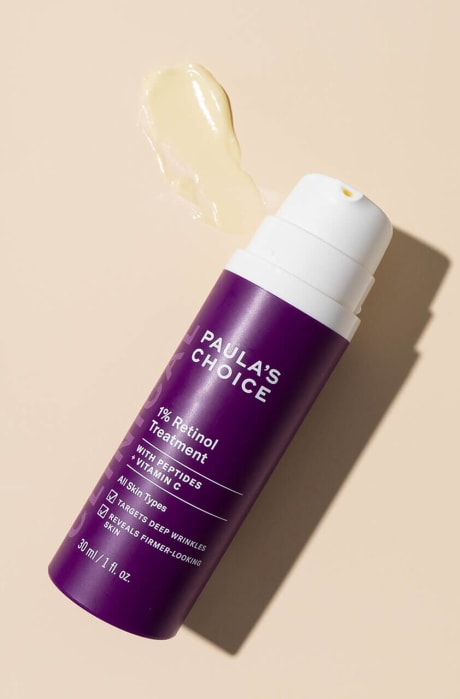Tetrahexyldecyl Ascorbate
Antioxidant
Tetrahexyldecyl Ascorbate at a glance
- Oil-soluble, more stable form of vitamin C (ascorbic acid)
- Known to help preserve’s skin collagen
- Neutralises free radicals that would otherwise damage skin’s lipids
- Must be formulated at a pH below 6.5 when used in water-based formulas
- Also known as THD ascorbate
Tetrahexyldecyl Ascorbate description
Tetrahexyldecyl ascorbate (THD) is a highly stable form of vitamin C that is considered an analogue of L-ascorbic acid. Enzymes within skin convert this form of vitamin C to pure vitamin C, ascorbic acid. Unlike pure vitamin C (ascorbic acid), tetrahexyldecyl ascorbate is lipid (fat) soluble. As such, it can penetrate further into skin where it works with vitamin E (tocopherol) that’s naturally in your skin or in skin care products to target skin’s underlying support system via a different pathway than water-soluble ascorbic acid. Some researchers theorize that tetrahexyldecyl ascorbate has a greater affinity for skin because its fatty acid component helps aid penetration. It pairs well with other forms of vitamin C, vitamin E, green tea, and retinol for enhanced effectiveness and anti-ageing benefits. Its oil-soluble nature lets it neutralise the types of free radicals that damage skin’s lipids such as ceramides and cholesterol. This is primarily how it works as an antioxidant, while the water-soluble ascorbic acid helps neutralise other types of free radicals before they get too far past skin’s surface. Concentration-wise, amounts of 0.1% have antioxidant benefit, and it is often used at this level and up to 2% for maintaining skin health plus visibly soothing environmentally distressed skin. If the goal is targeting hyperpigmentation, research shows amounts of 5% or greater are necessary for best results. It’s most effective when formulated at a pH of 6 or below and may be used with other discoloration-reducing ingredients such as niacinamide and licorice root where it’s been shown to deliver synergistic results. In fact, a 30% concentration of THD used with other discoloration-reducing ingredients was shown to improve stubborn hyperpigmentation and was even suitable for melasma-prone skin. Tetrahexyldecyl ascorbate has a slightly oily feel and may be colourless to pale yellow in appearance, depending on the supplier. It can be used in water-based formulas but must be combined with silicones or oils for ideal bioavailability. Despite inherent stability, it’s not impervious to eventual degradation from ongoing exposure to light and strong sources of heat (above 113 degrees Fahrenheit/45 degrees Celsius). For this reason, we advise avoiding products with this ingredient packaged in jars or transparent materials. Tetrahexyldecyl ascorbate is considered safe as used in cosmetics in concentrations up to 30% even when used with retinol, a 10% concentration of ascorbic acid, and other bio-active ingredients.

